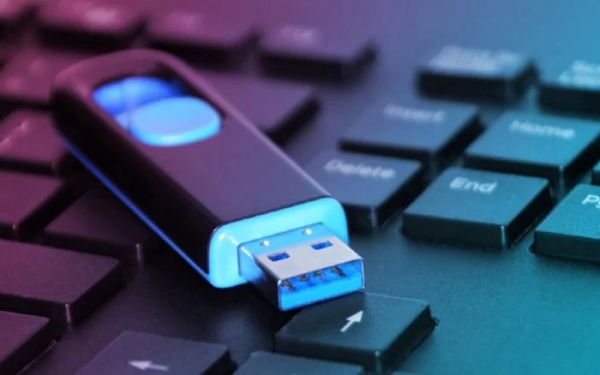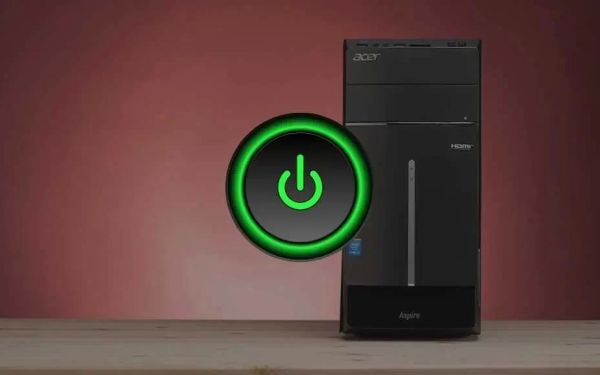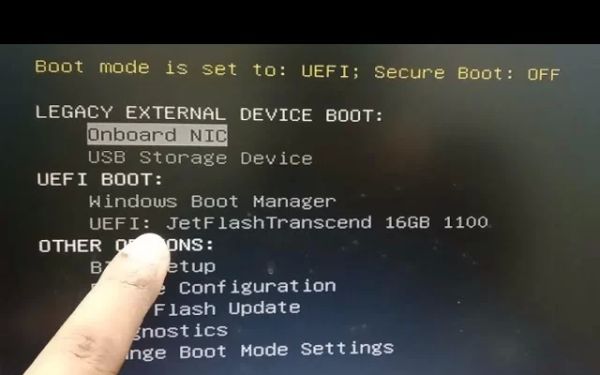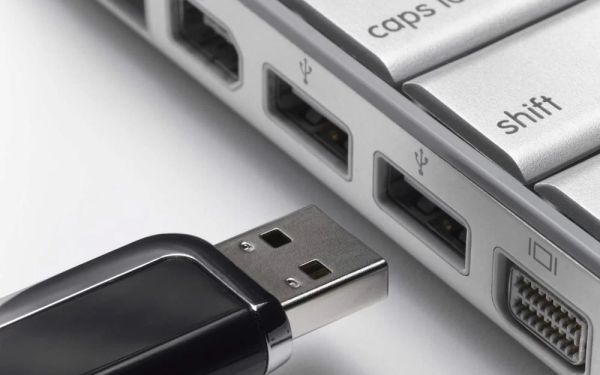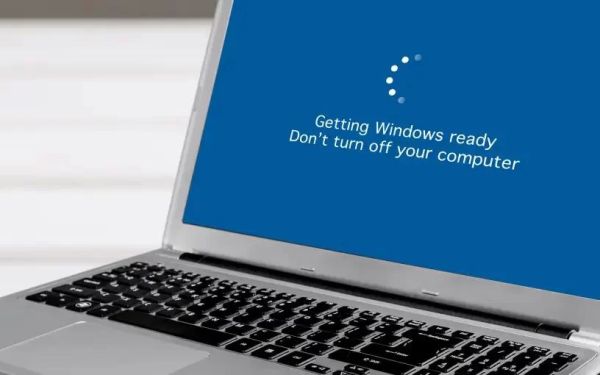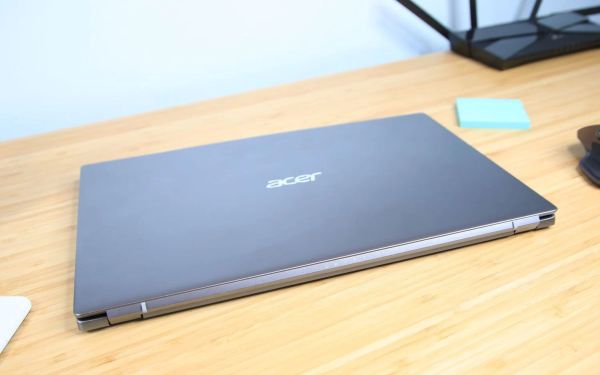- Understanding Dell BIOS and Boot Menu
- Steps to Enter Dell BIOS Boot Menu
- Common Issues and Solutions
- When to Use Dell BIOS Boot Menu
Understanding Dell BIOS and Boot Menu
When you turn on your Dell computer, it performs a series of system checks before loading the operating system. This process is governed by the Basic Input/Output System (BIOS), a crucial component that controls the hardware during startup. The BIOS allows you to configure hardware settings and make adjustments to boot preferences, including selecting which device to boot from.
One of the most common tasks you might need to perform in the BIOS is accessing the BIOS Boot Menu. This menu allows you to choose the boot device, such as a hard drive, USB drive, or DVD, without altering your computer's permanent boot order.
Common Issues and Solutions
If you encounter issues when trying to access the Dell BIOS Boot Menu, here are some common problems and their solutions:
1. Not Seeing the Boot Menu: If the boot menu doesn’t appear when you press F12, try restarting your computer and pressing the key a bit earlier or more consistently. Ensure that the keyboard is working properly, and that the F12 key is not assigned to another function in the BIOS.
2. Incorrect Boot Device: Sometimes, the boot device you selected may not show up in the boot menu. Make sure that the device is properly connected (e.g., the USB is plugged in securely or the DVD is inserted). If you're using a USB device, ensure it’s bootable.
3. BIOS Settings Are Locked: If you have a password set for your BIOS, you may need to enter it before being able to change the boot settings. If you’ve forgotten the password, you may need to reset the BIOS settings using the motherboard jumper or by contacting Dell support.
If you want a reliable USB drive for creating bootable devices or for troubleshooting tasks, visit Ninja Stik for high-quality USB drives that work seamlessly with Dell systems and other devices.

